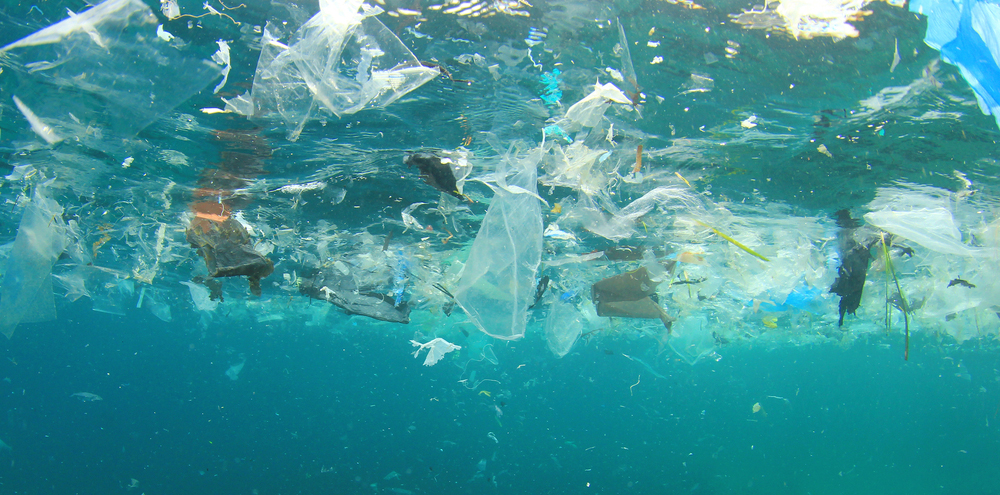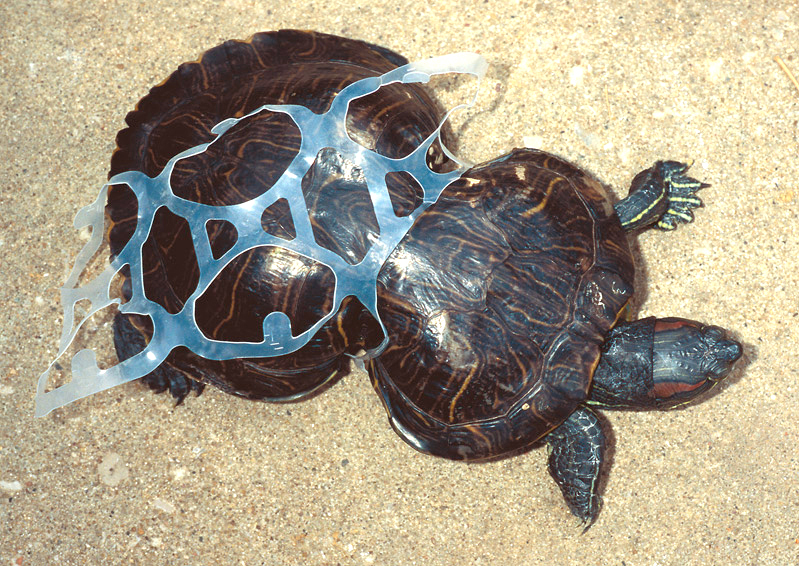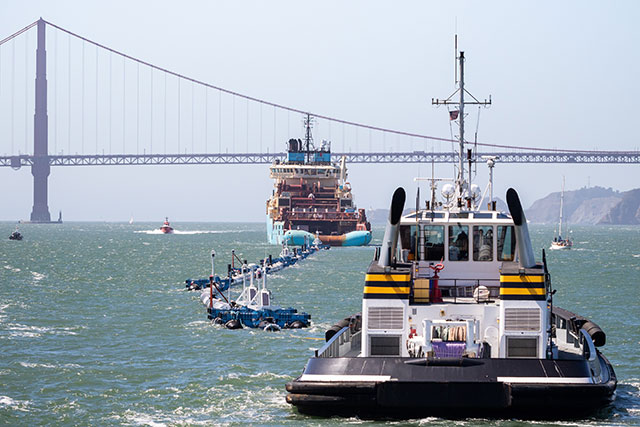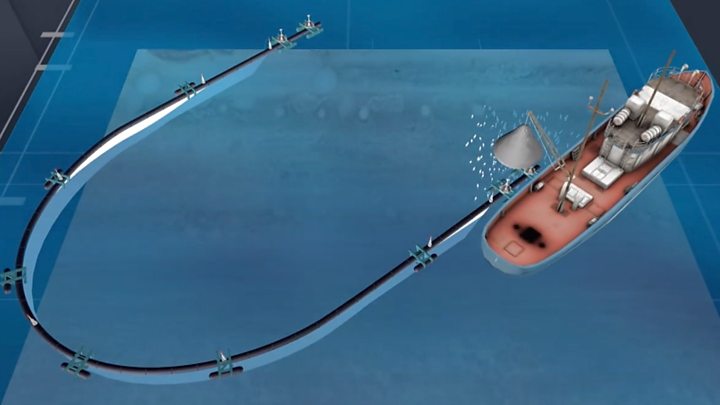Everyday it seems as if we hear another news story about how all the pollutants and trash that we’re dumping into the environment are coming back to do us harm. If it isn’t climate change it’s harmful chemicals in the air or water. One possible threat that’s been in the news recently is plastic microparticles.

What are plastic microparticles? Well you see, all those millions of tons of plastic we keep throwing away may be chemically inert but ultra-violet light from the Sun combined with mechanical action from ocean waves or weather can break it down into particles less than 5mm in diameter.

Environmental researchers are finding plastic microparticles nearly everywhere. In the oceans they have been discovered in both the artic regions as well as the bottom of the Mariannas trench, the deepest part of the ocean. Scientists in both France and Colorado have even found plastic fibers in rainwater while in Norway they’ve been found in snow. I suppose we’ll have to stop using the phrase ‘Pure as the driven Snow’. With plastic microparticles everywhere we are certainly going to be ingesting some as we eat and drink so the question is. Can they get from our stomach into our bodies and if so what harm will they do there?

Researchers have begun to study this possibility with the intent of determining the health threat posed by plastic microparticles. A leading scientist at the Center for Organismal Studies at the University of Heidelberg, Doctor Thomas Braunbeck has been investigating whether or not plastic microparticles can pass easily through the lining of the intestines of vertebrate animals. In other words if we ingest these particles will they get into us?

The test animal Dr. Braunbeck choose for his work are the well known fresh water aquarium fish the zebra danio (Danio rerio) because he could study many animals at once quite easily. Also, the zebrafish’s growth rate is so high if plastic microparticles can be absorbed a lot would be absorbed in a short time making detection more certain.
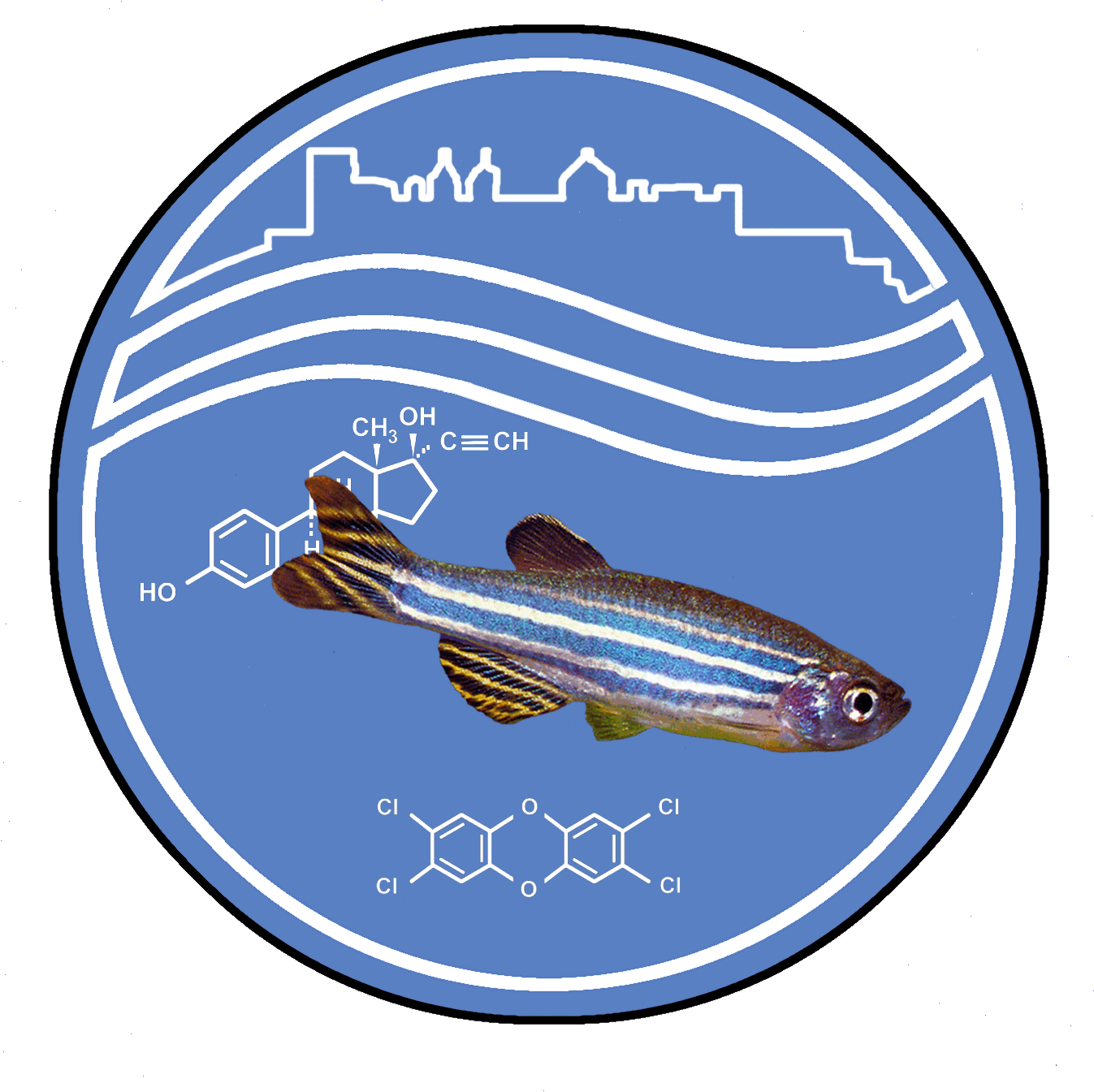
To carry out his experiment Dr. Braunbeck used microparticles that were coated with a phosphorescent chemical that made them easier to track and the particle size he choose was around 10μm. First the particles were fed to a kind of small crustacean that is also well known to tropical fish hobbyists as brine shrimp. Once he was certain that the shrimp had indeed absorbed the microparticles he then fed the shrimp to his zebrafish.
Now here’s the good news. When Dr. Braunbeck checked the fish for signs that plastic microparticles had been absorbed he found none. The particles had been unable to pass through the lining of the zebrafish’s intestine. Instead the microparticles had simply passed all the way through the fish’s digestive system and out the back end.
Since this is one of the first experiments to determine if plastic microparticles can be absorbed through the intestine of a vertebrate the negative result is good news. Before you start celebrating however remember I mentioned above that the particles used in the study were 10μm in diameter. Dr. Braunbeck cautions that smaller particles might still be able to get through. Nevertheless it is nice to hear a little hopeful news about pollution for a change.
Of course just because plastic microparticles may not be a very big health risk certainly doesn’t mean that we shouldn’t be concerned about the millions of tones of plastic waste that’s just turning our planet into a trash dump. Fortunately there are more and more people who are trying to find solutions to the problem. Earlier this year, see my post of 9 January 2019, I wrote about the young man from Holland named Boyan Slat who had invented a 700m long ‘U’ shaped boom to sweep up the Great Pacific Garbage Patch. The first test of Slat’s invention ran into some problems but the upgrades are in progress and a second test is coming soon!
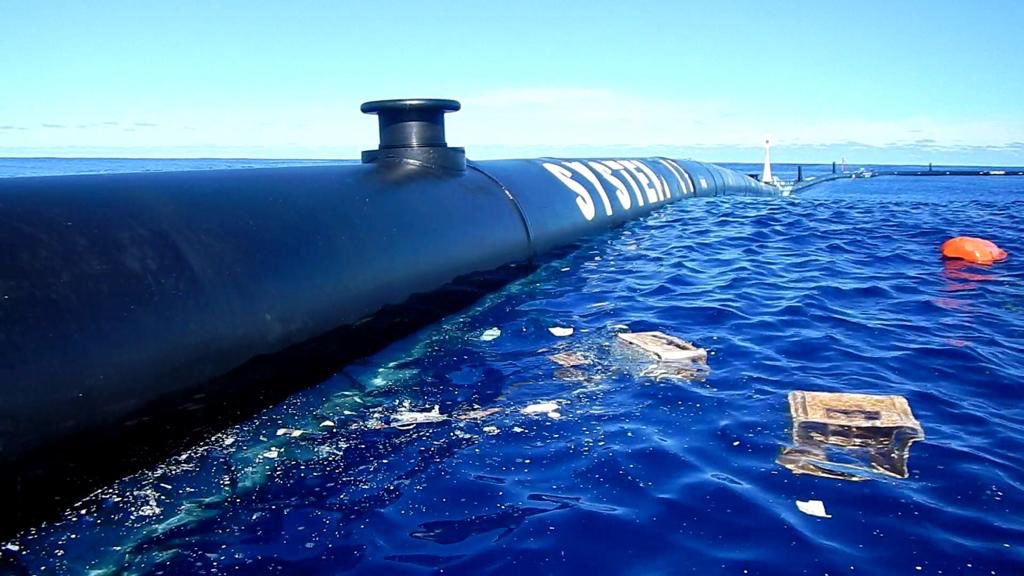
While Boyan Slat’s boom is intended to remove large pieces plastic from the Ocean a teenager from Ireland has developed a technique for eliminating up to 88% of plastic microparticles from water. The teenager’s name is Fionn Ferreira and his project won him the Grand Prize in Google’s annual science fair. The native of the town of Ballydehob is planning on using his $50,000 to pay for his further education in college. Fionn’s technique for collecting the plastic microparticles in water involves attracting and removing the particles with a magnet.
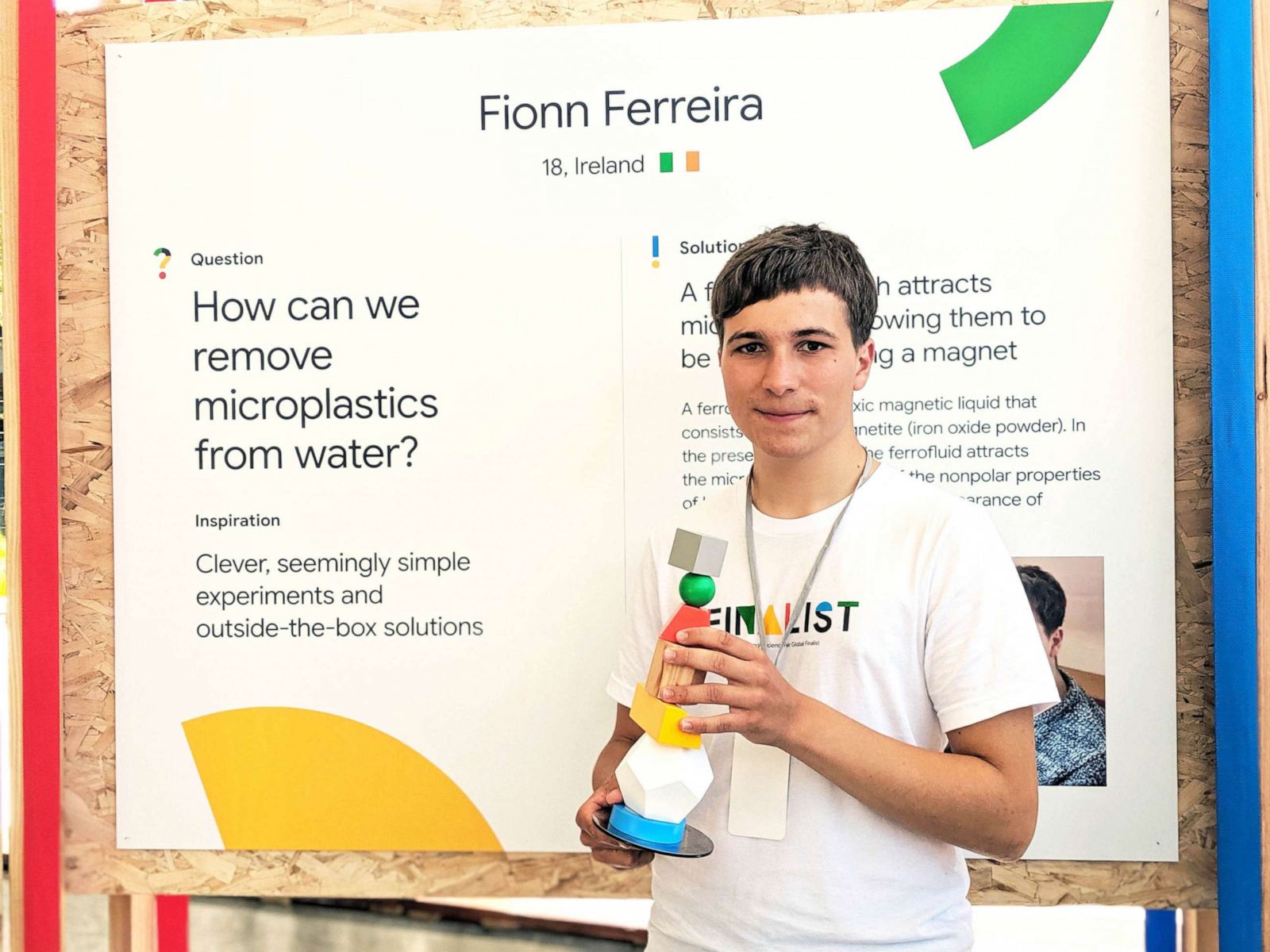
Wait a minute, you say. Plastic isn’t magnetic. You can’t attract plastic with a magnet. That’s true, however in water plastic microparticles are attracted to ferrofluids, mixtures of oils and iron based magnetite. The oil in the ferrofluid clumps with the microplasic and the magnetite can then be lifted out with a magnet carrying the oil and plastic with it.
If this sounds almost too good to be true you could be right. The biggest technical problem as I see it will be to scale up the whole process, there’s a lot of plastic microparticles out there to be collected. In particular separating the ferrofluid from the plastic so that it can be used again and again could prove difficult. Of course the real problem will be the cost, nobody is going to be making a profit off of this you know.
And that’s the real problem with cleaning up the environment in general, the cost. There are many things we could do to clean up the mess we’re making of this planet of ours. The question is, who’s going to pay for it?


